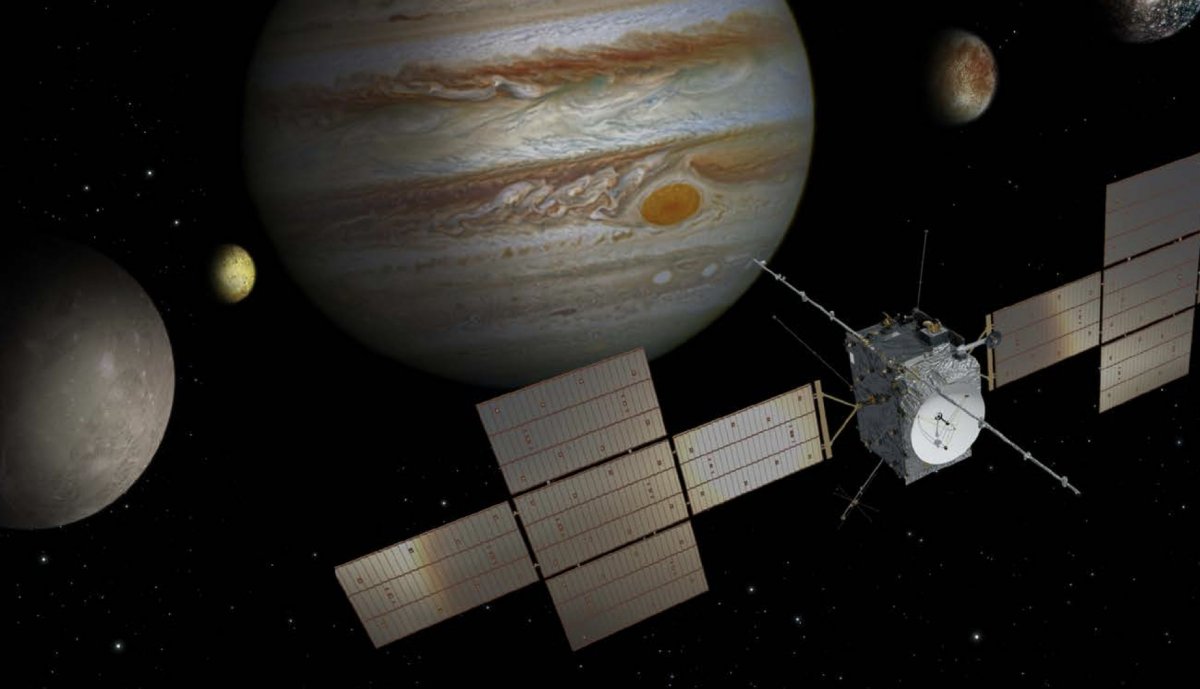The European Space Agency (ESA) is embarking on its farthest-reaching mission to date, with its “Juice” (Jupiter icy moons Explorer) space probe aimed at exploring the gas giant Jupiter and its satellites. Jupiter is the largest planet in our solar system, with moons the size of planets, and scientists are looking for evidence of life on its moons. The $1 billion probe, scheduled to launch from the Kourou spaceport in French Guiana on April 13, will primarily analyze the large Jupiter moons believed to have water under a kilometer-thick ice shell.
Three moons, Europa, Kallisto, and Ganymede, are the primary focus of scientists, who assume that all three have seas under ice. The probe’s ten instruments, nine from European partners and one from NASA, will allow scientists to perform various investigations, including radar and laser measurements under the ice layer, as well as a digital 3D model of Ganymede, which is completely covered with ice.
Hauke Hussmann, responsible for the “Gala” experiment, expressed the importance of understanding the development of Ganymede as a moon that deforms as it orbits the planet. The extent of change over time can give scientists insight into whether there is liquid water inside and help them develop a digital 3D model.
Jupiter’s massive mass exerts huge tidal forces, leading to friction inside the moons, creating heat as a result. This process generates the energy source that plays a crucial role in the moons. However, Europa, one of the moons closest to Jupiter, has a very high level of radiation and strong gravitational forces, so the probe will only fly past it twice for safety reasons.
Before heading towards Jupiter, the probe will fly around Venus and circle Earth three times to gain speed. The six-ton probe should reach Jupiter by 2031 and enter into an orbit around Ganymede, the largest of the moons, with a magnetic field. The probe is expected to crash there by September 2035. While scientists cannot directly detect living beings, the mission will help them determine whether the basics, such as certain elements that could serve as building blocks for molecules, are present in the Jovian system.



